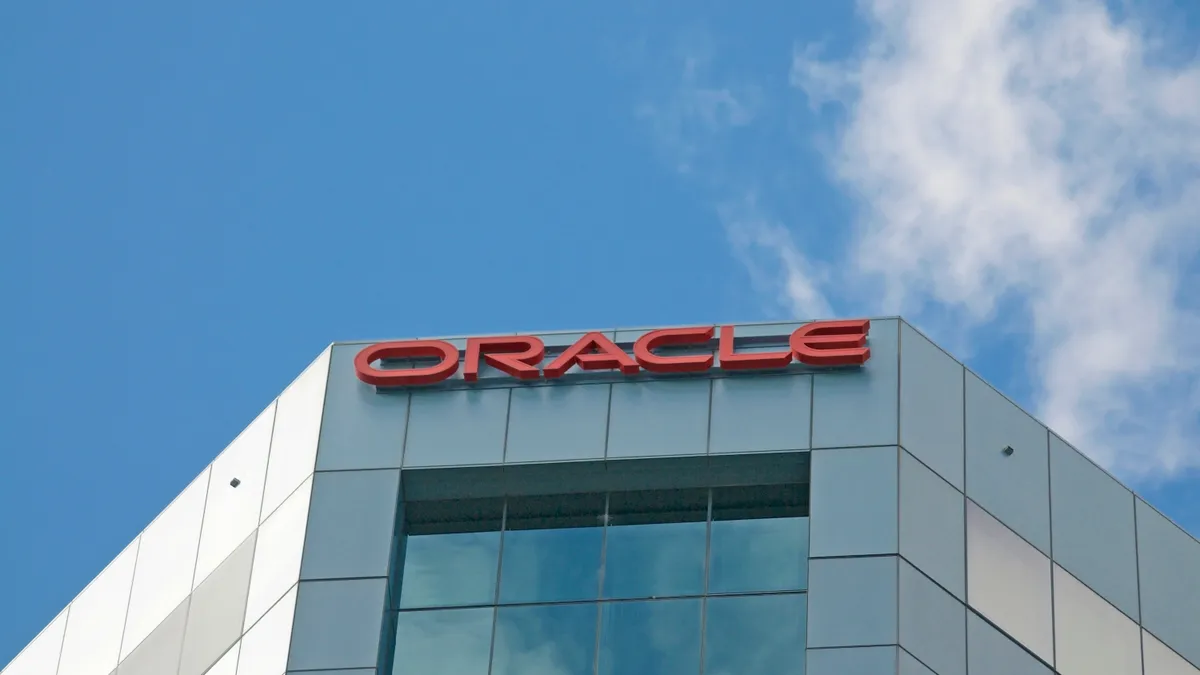Businesses need programmers and coders, and programmers and coders need jobs. But what's the best way to bring the two together?
At issue is a hiring process that decides who to interview based on resumes — not the best tool for identifying candidates who can go beyond understanding syntax and concepts. How do you find the people who can apply that knowledge to create programs?
"The biggest issue in recruiting comes from lack of data," said Tigran Sloyan, CEO of CodeFights, a platform that allows coders and non-coders to learn new skills and sharpen their existing skills in a competition-style format for professional development purposes. "It's true on both sides. On the talent side, nobody has any idea who's good at what, and what abilities they have, and how they compare to each other. The same is true on the company side, where job descriptions have even less to do with the job the companies are hiring for."
As a result, coding challenges are on the rise. Many companies are finding such challenges are a better way to find good coders and programmers while bypassing typical hiring practices that might not reveal the most important and necessary skills. A recent study from The Economic Times found 45% of respondents received job offers by participating in coding competitions.
There are alternative ways to recruit workers through games. Last year, Uber began sending people a coding game to play during their rides. The game, "Code on the Road," tested the coding skills of Uber riders in cities that have large concentrations of tech workers, including Seattle, Austin, Boston, Denver and Portland. If riders accepted the test, they received three coding problems to solve. If they scored well, riders were prompted to get in touch with Uber.
Companies like Google have used similar methods. For example, Google has a programming test that launches when someone searches for specific programming-related terms.
Why coding challenges work
Tigran Sloyan, CEO of CodeFights, says a good coding challenge serves two purposes: helping developers improve coding skills and finding them jobs without being judged by the biases that come with hiring in tech. CodeFights has helped developers find jobs at organizations like Uber, Asana and Dropbox.
For engineers, CodeFights is a place to practice programming in a fun way, where it's structured as a game. Competitors earn rewards, and the game gradually gets more and more difficult. Once a skill level is reached, participants are asked if they are interested in connecting to potential companies. If they respond positively, they officially begin the recruiting process.
The participating companies get a new batch of candidates each week, along with their results.
"It eliminates the need to try to guess who might be interested in a new job, and most importantly, for recruiters to try to avoid assessing people based on pedigree," said Sloyan. "We've pre-assessed their skills and abilities. We've helped them get better, and now all [recruiters] have to do is convince those people to join their company. We can become a lot more efficient match maker when we have data and not just self-reported job descriptions or resumes."
One of the ways people practice programming in CodeFights is by challenging company bots. When a participant challenges the bot, they receive three questions. The questions mirror the challenges engineers at a company typically face.
"Our users have to solve these questions, and they have to do it better than the bot," said Sloyan. "The bot itself is trained by engineers from the company, which means the engineers from the company solved these questions first."
Participating in a bot challenge gives CodeFight users insight at what it's like to work at one of the companies and allows them to compare their skills with people who already work there.
A new spin
Some IT consultancies are using gamification to differentiate themselves and help them recruit tech workers.
"For a prospective employee, most IT consultancies look the same," said Daniel Lurye, vice president for HR Communications at DataArt, a global technology consultancy. "All may offer the same perks and benefits, but differ in appearance or office atmosphere. However, the small differences can be difficult to communicate."
DataArt wanted to develop something that would be punchy and convey their values subliminally. "We wanted to tell our potential employees that we are fun, and that we value and trust their expertise," said Lurye.
So DataArt developed Skillotron, a community-based game about IT skills, which relies heavily on UGC and user contribution. Skillotron challenges players as well as educates them about various aspects of their field. Players can rank themselves against other players and rank their knowledge of Java, JavaScript, Android, iOS or general IT.
"Skillotron's user database is a great talent pool," said Lurye. "We know where people come from, what technology they are proficient in, and can target our offers for them accordingly."
Skillotron can be used as a tool for remote job interviews as well. A potential candidate can launch Skillotron on their computer, share the screen, answer the questions and comment on their answers.
Lurye said the company received 5,000 players in only a few weeks.
The game is also a great source of content for their social media platforms, which has driven more interest from prospective employees. "We run a weekly contest with problems borrowed from the Skillotron database, which is a great way to engage our audiences," said Lurye.






















